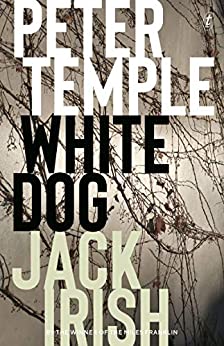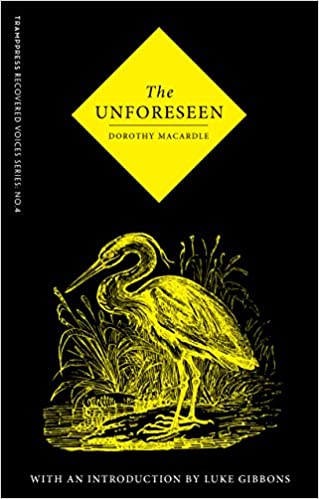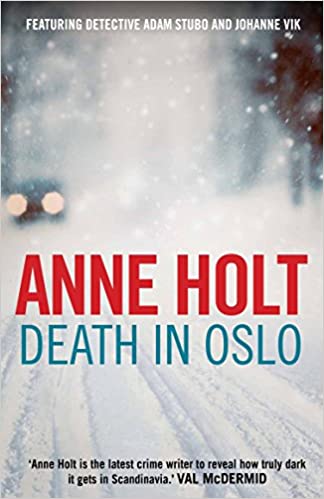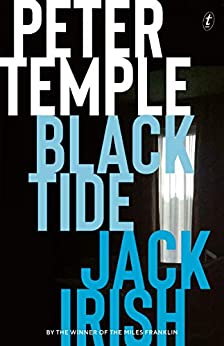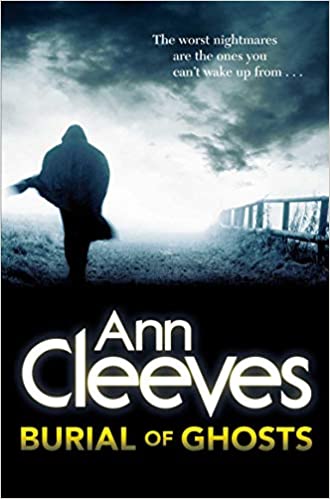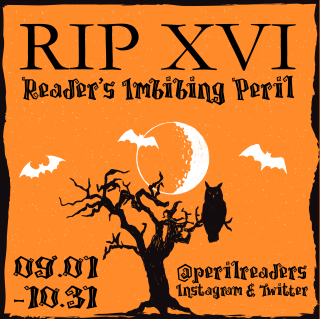Jax’s sister Lex has been calling a lot lately. Jax knows that means Lex is off her meds and in one of her manic phases. So, Jax, who has been estranged from her sister, doesn’t answer the phone. Lex’s messages are cryptic and incomprehensible, something about measurements. Later, Jax’s aunt calls to tell her that Lex is dead, drowned in the spring-fed pool behind her house. Since Lex has spent much of her life in the pool, suicide is assumed.
Back in Vermont for the funeral, Jax finds the family home a wreck, filled with notes and other documents Lex collected about the history of the house. The house had been their grandmother’s, the place where the two sisters spent every summer. One reason Jax was angry was because the house was left to Lex, whom she believes everyone liked best. Jax decides to try to find out what happened to Lex, what Lex discovered. It all seems to center around the pool, which has a local reputation of being cursed. Several people have drowned in it.
In 1929, Ethel and Will Monroe take a romantic trip to a new hotel next to a spring-fed pool. The spring has a reputation for granting wishes and healing. Ethel has been trying to conceive, so she goes to the pool and says she will give anything to have a child.
Back in 2019, Jax finds wet footprints in the house and catches glimpses of something in the pool. She also figures out that Lex has been measuring its depth, although the girls have always been told it was bottomless.
In general, this is a nice, creepy story, although I felt that maybe it signaled the truth of the pool a little too early. Of course, that adds to the suspense, as the reader knows more than Jax does. Another good one for McMahon.



